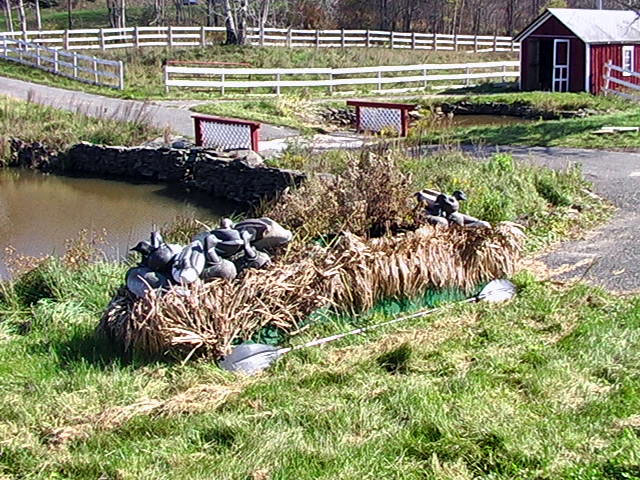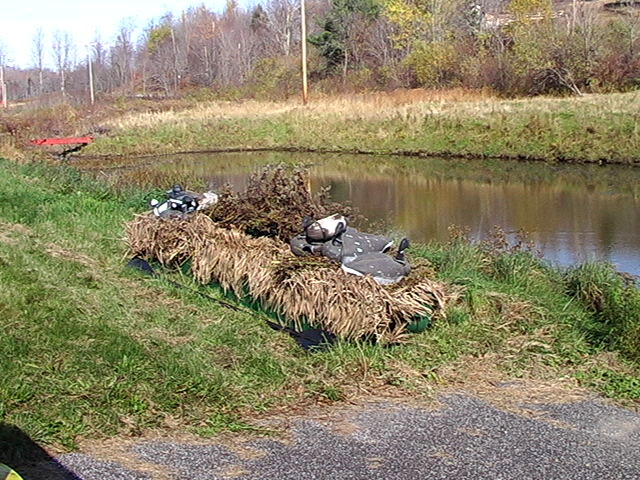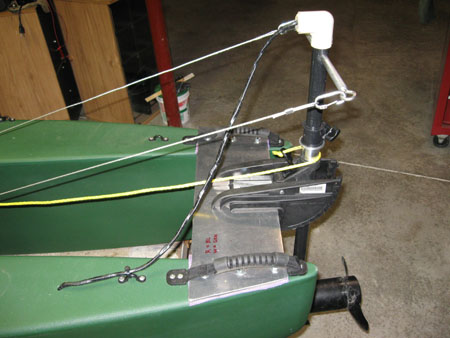It’s a painful question for many kayak anglers!
Sit-in, SOT and hybrid fishing kayaks are sometimes designed with an intention to alleviate the pain felt by anglers who use them, especially back pain, or at least this is what their manufacturers proclaim.
In reality, there’s very little that can be done to take care of this critical problem, and nothing to solve it at its root, which is the way kayaks are in the first place, and the way we are: People who no longer sit on the floor with our legs stretched in front of us, as we used to sit long ago, before chairs, stools, and other elevated seats were introduced to our life.
We are members of modern societies, and as such, we sit on elevated seats, and we’ve lost the ability to sit comfortably with our legs stretched in front of us, which is what traditional kayaks as well as hybrid fishing kayaks force us to do.
More foam in the seat’s backrest doesn’t solve anything, really, and elevating the seat doesn’t solve any problem either, because those kayaks aren’t stable enough to sustain a decrease in their users’ stability as a result of their center of gravity going up. The result is that people who sit on higher seats attached to those mon-hull fishing kayaks (sit-in, SOT and hybrid) feel less stable, and increase the pressure of their legs on the footrests and backrest between which they are trapped. The result: more back pain.
Here’s a quote from an article about kayaking back pain:
“Pain is usually initiated by stimulation of the peripheral nervous system, that is the nerves in various parts of our body. These nerves are connected through the spinal nerve to our brain, where we become aware of the pain.
The Nerves Involved In Kayak Back Pain, Leg Pain, Etc.
The sciatic nerve is a large nerve fiber that begins in the lower back and runs through the buttock and down the lower limb. It is the longest and widest single nerve in the human body. The sciatic nerve supplies nearly the whole of the skin of the leg, the muscles of the back of the thigh, and those of the leg and foot. It is derived from spinal nerves L4 (in Lumbar vertebra # 4) through S3 (in Sacral vertebra #3) in the lower part of our spine.
Meaning of Back Pain When You’re Kayaking, or Kayak Fishing
Any unpleasant sensation you feel in your body while kayaking or fishing from your kayak, is a sign that something is wrong, so you need to pay attention to it, and do something about it:
Your legs getting numb means you should change positions, stretch, get up, and get things in order.
Pain in your legs, or your lower back means something is seriously wrong, and you’re either risking physical damage, or actually causing it just by being seated in the L position, whether you’re paddling, resting, or fishing…”
Interestingly, the pain created in your back gets exacerbated the more your legs push on the footrests. This unwanted process is increased when you’re seated in a pedal driven fishing kayak, and your legs constantly and energetically push the pedals, for a long time. Since your legs are required to perform this task from the center of the deck, and your feet lose the little stabilizing effect they have when the rest in the footrests located on the sides, the instability you feel increases even more, and so is the pressure…



